Up Next

New to the F1 games for F1 2021 is the addition of seven classic F1 drivers, or ‘Icons’, that you can hire for your team in a My Team career mode.
Michael Schumacher, Ayrton Senna and Alain Prost are three of the drivers, having previously featured in either F1 2019 or F1 2020 with a selection of themed customisation items.
The four new names are Jenson Button, Nico Rosberg, David Coulthard and Felipe Massa. All seven drivers are available to players who have the Deluxe edition of F1 2021 and they are an optional part of the My Team career mode.
Naturally, they are amongst the best drivers in the game and are some of the best to have as your team-mate. Especially because they never join the AI-controlled teams which means they’ll never have a contract to buyout and that makes them, relatively speaking, cheap to sign.
To see how well the Icons stack up compared to one another as well as to the current F1 lineup, we’ve run one race around the same track with the same car and seen just how far up the order they can get in both qualifying and the race.
In order to do that, after each attempt the same game save was reloaded so that each of the drivers was running the same race under exactly the same circumstances.
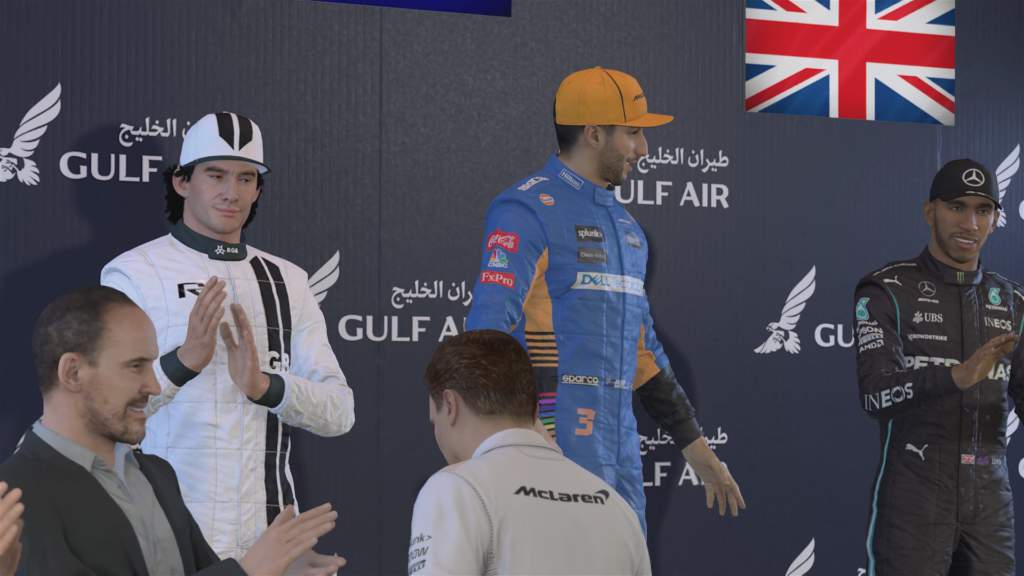
Since you can’t sign an Icon in the first season and you have to meet all of their requirements in order for them to join your team, each driver was signed in the transition from the second to the third season of a career.
After being signed they each took part in the first race of the season, which is in Bahrain and fortunately so since it means the weather conditions were very similar, if not identical, for each driver.
For some extra context, the car each driver had was listed as the second best in the performance index. On paper, it was a worse car than Mercedes’ and technically better, although more or less on a par with McLaren’s and Red Bull’s.
Here then are the seven classic drivers, ranked from worst to best, in terms of how well each of them performed on track at Bahrain.
7. Felipe Massa
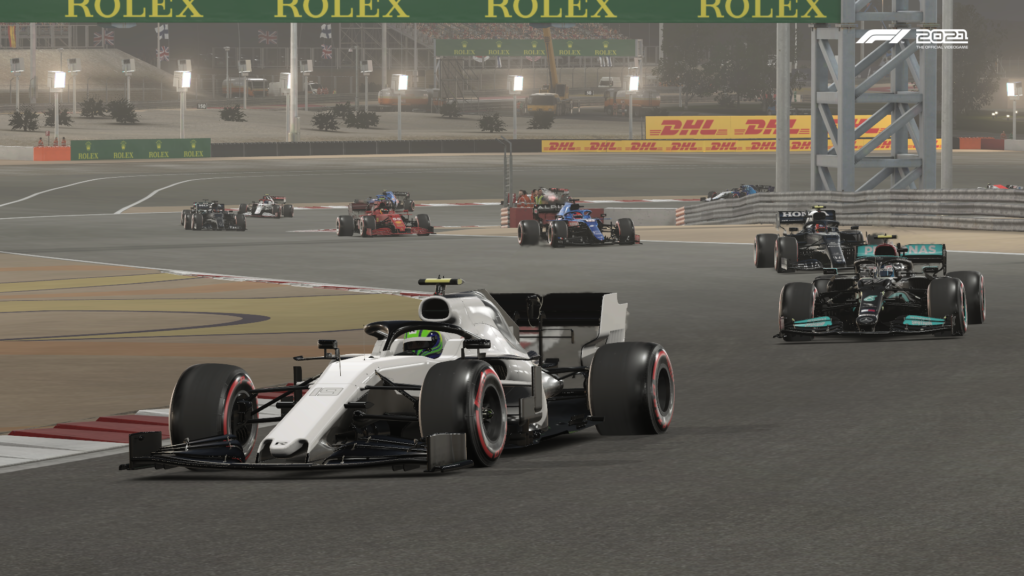
Unsurprisingly the lowest rated of the seven Icons was the worst on track, but that’s not to say he was by far the worst in any regard.
In fact, his qualifying time was the third fastest of the Icons, with a 1m24.5s but crucially his qualifying position wasn’t as impressive as he started the race down in 10th. Proof that not all things stay consistent across all the races and Massa happened to be in a session with faster lap times across the board.
Even though he qualified in 10th, and that’s not the worst starting position for an Icon, his race finishing position was better as he made up two places to cross the line in eighth.
Two other Icons also finished the race in eighth but what distinguishes Massa from the others is that he had the slowest total race time and the slowest personal best lap time of the Icons.
Given that the Brazilian had the second best car, his results may sound disappointing. However, there was a phenomenon in the previous F1 games where you had to have the best car for a few races in a row before that showed in simulated races and that may be a factor in the results for everyone in this experiment.
A definite disadvantage all of the Icons have, to slightly varying extents is their focus rating. That’s most prevalent with the next driver in this list.
6. Nico Rosberg
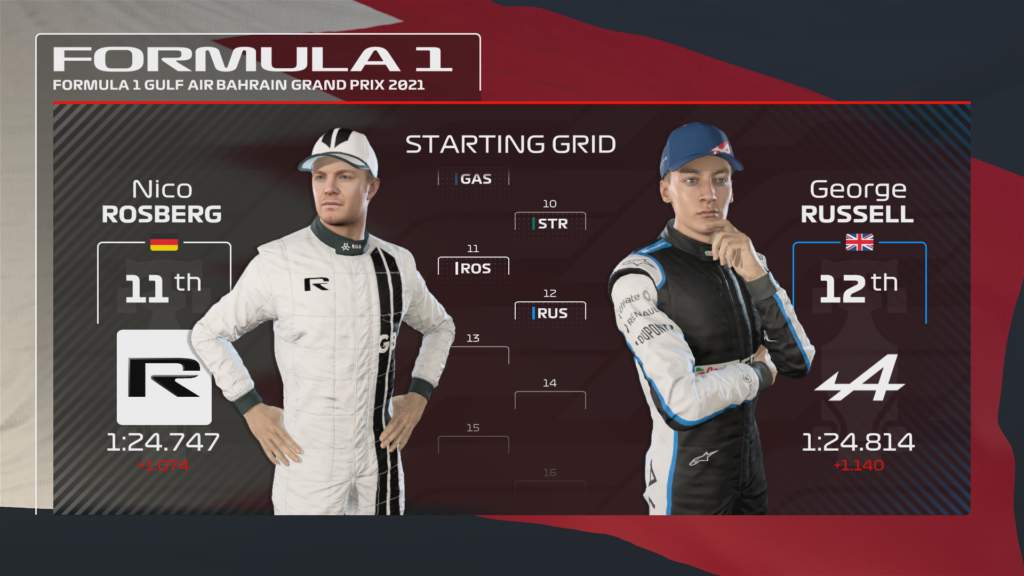
Logically Rosberg should not have been the second-worst driver in this list since he should’ve beaten Coulthard and possibly Button as well.
Coulthard has an overall rating two lower than Rosberg’s and whilst Button’s is one higher, that’s inflated by the experience rating which only relates to the number of resource points a driver earns in practice sessions.
Across only the three on track stats, Rosberg’s are similar to Button’s and crucially the German has a higher pace stat as his rating is 88 compared to Button’s 85.
Where it possibly all went wrong for Rosberg though is his unfortunately low focus rating, which is a new rating to the F1 games.
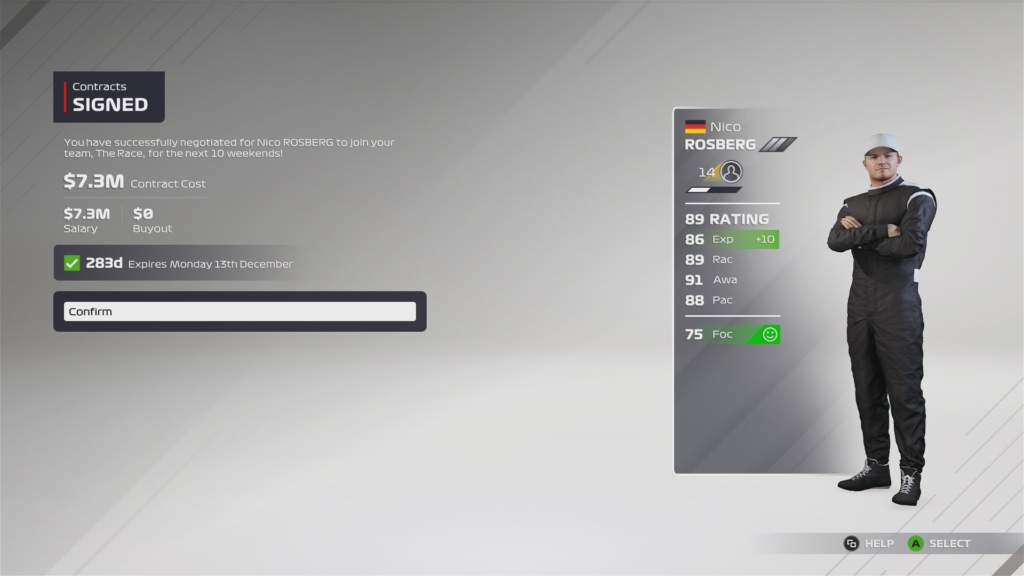
Focus is a measure of a driver’s readiness and it changes due to on-track performances. At this point in the career save, despite none of the Icons having taken part in any races, Rosberg had the lowest focus rating at 75. For comparison, Prost was the classic driver with the highest focus at 82.
The Icons focus ratings fluctuate between the high seventies to low eighties which allows for a degree of uncontrollable variance. It also probably explains why the results for some of the Icons were so disappointing considering the potential race-winning car they were all given.
Since this was the third season of a career mode, many of the top drivers had significantly improved their own focus stats. For example, Daniel Ricciardo’s was 93, Valtteri Bottas’ was at 87 and Lewis Hamilton had a focus of 84.
Given that Hamilton had a better car than the Icons, a higher focus rating and an overall that had risen to 95 and higher than any of the Icons, it’s no surprise that the likes of Rosberg didn’t fare too well in his first race back in F1.
Rosberg set the slowest qualifying time of any of the Icons, a 1m24.7s, which put him down in 11th place on the starting grid.
In the race, he improved his position to seventh place which is one of the better ones for an Icon driver despite his low focus rating which hampered him.
5. David Coulthard
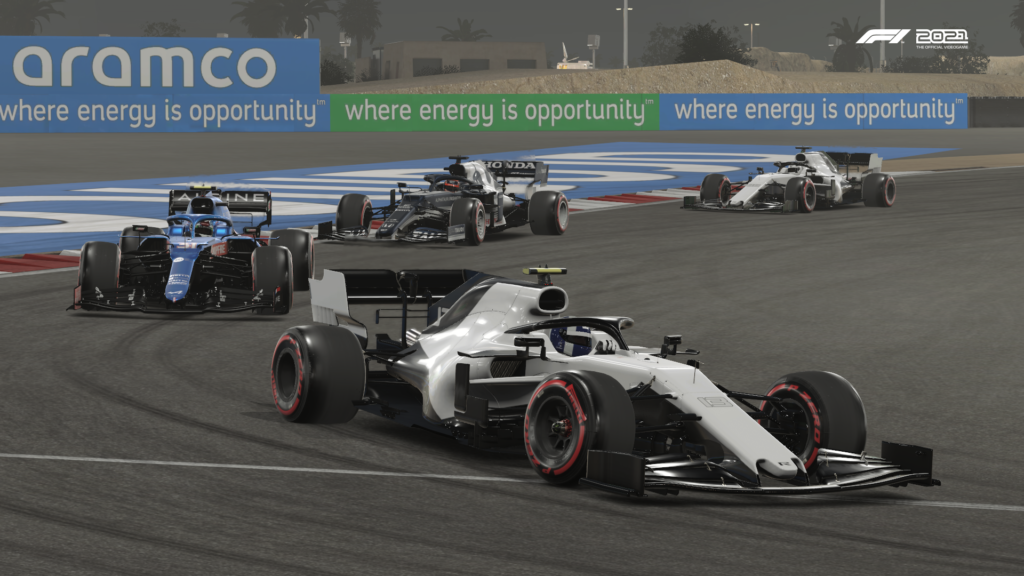
The unlikely driver to beat Rosberg was Coulthard despite having an overall rating of 87 compared to Rosberg’s 89.
It was focus that made the difference though since his was at 80, which interestingly was exactly the same as Schumacher’s.
Unlike Schumacher though, Coulthard didn’t even make it into the top 10 in qualifying. He started the race down in 12th but his lap time was 0.023s quicker than Rosberg’s lap time.
At the end of the race, Coulthard finished in eighth and with a total race time near identical to Rosberg’s as the margin of difference is less than a second across the 85 minute long race.
On the surface, it might seem that Rosberg did better, and if they had the same focus rating then that would almost certainly have been the case.
Considering that Coulthard was faster in qualifying, started one place further back yet had the same total race time as Rosberg and that Coulthard’s personal best lap time in the race was two tenths quicker than Rosberg’s – on balance Coulthard had the edge.
4. Jenson Button
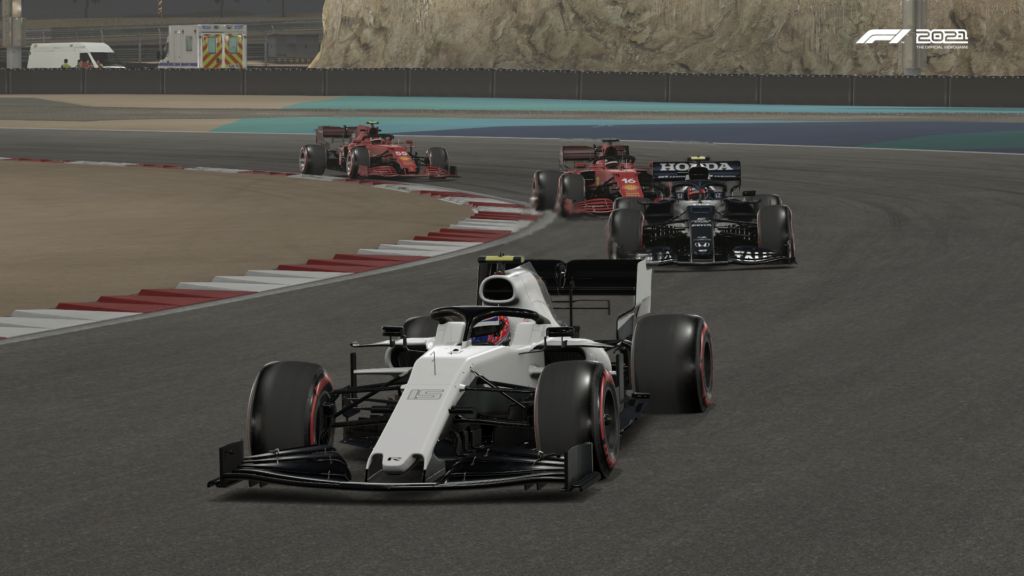
In terms of what the three drivers achieved, Rosberg, Coulthard and Button are almost inseparable. Especially since Button’s focus was at 77, slightly higher than Rosberg’s but a small amount lower than Coulthard’s.
There’s a definite distinction in qualifying pace though since Button was down to a 1:24m4s which put him eighth on the grid for the start of the race.
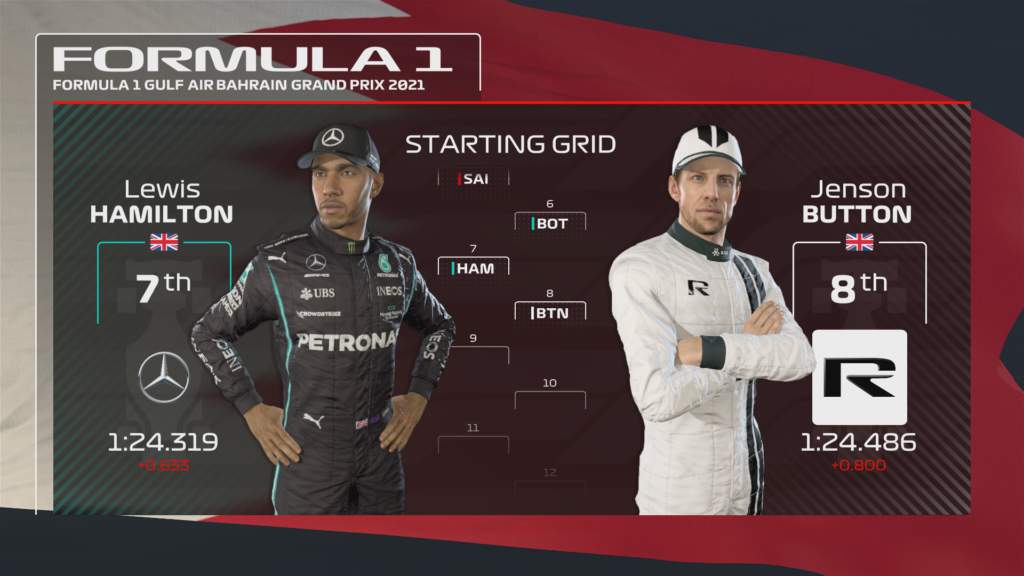
Unlike all the other classic drivers though he was unable to make any headway in the race as he finished exactly where he started.
His fastest race lap time was also slower than the best achieved by Coulthard and Rosberg but, crucially, the total race time achieved by Button was three seconds shorter than what the other two did.
3. Alain Prost
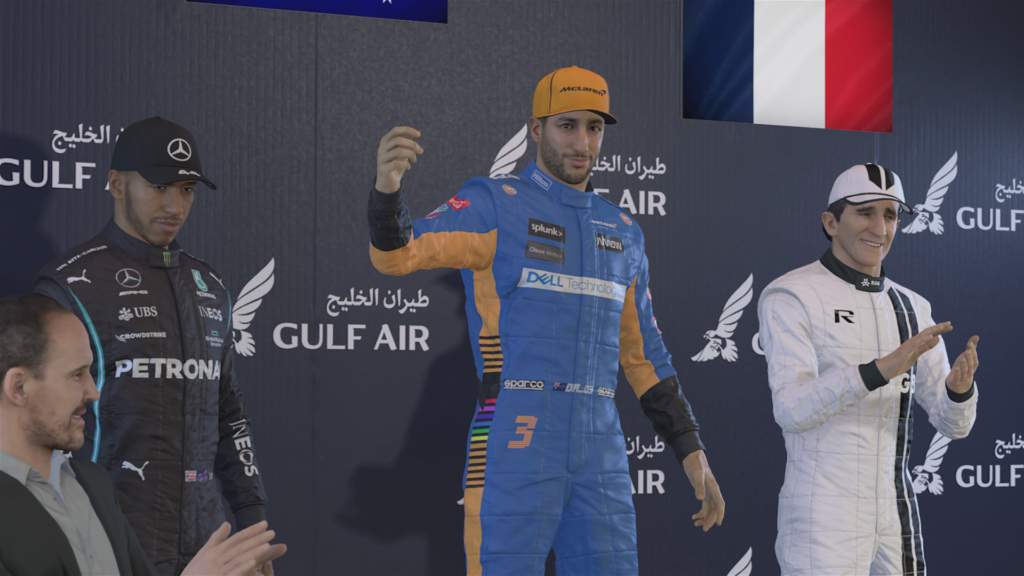
There’s a significant difference between the pace of Prost, Senna and Schumacher and the other four drivers.
That’s understandable for a number of reasons, least of all because Alain Prost’s overall rating is 93 which is three above the next best Icon of Button and better than almost every other driver in the game.
Bizarrely his qualifying time was a 1m24.6s which is slower than both Button’s and Massa’s. Senna did similarly badly in qualifying as well but both he and Prost came good on Sunday.
Prost made it onto the bottom step of the podium and was only beaten by Hamilton and race winner Ricciardo.
The race demonstrated the massive step up it is from Button to Prost as the Frenchman’s total race lap time was 17 seconds better than Button’s.
More impressively, Prost set the second fastest lap time in the race and was one of only two drivers to achieve a sub-1m28s lap time. The other was Ricciardo and so the Aussie took the fastest lap honours.
2. Ayrton Senna
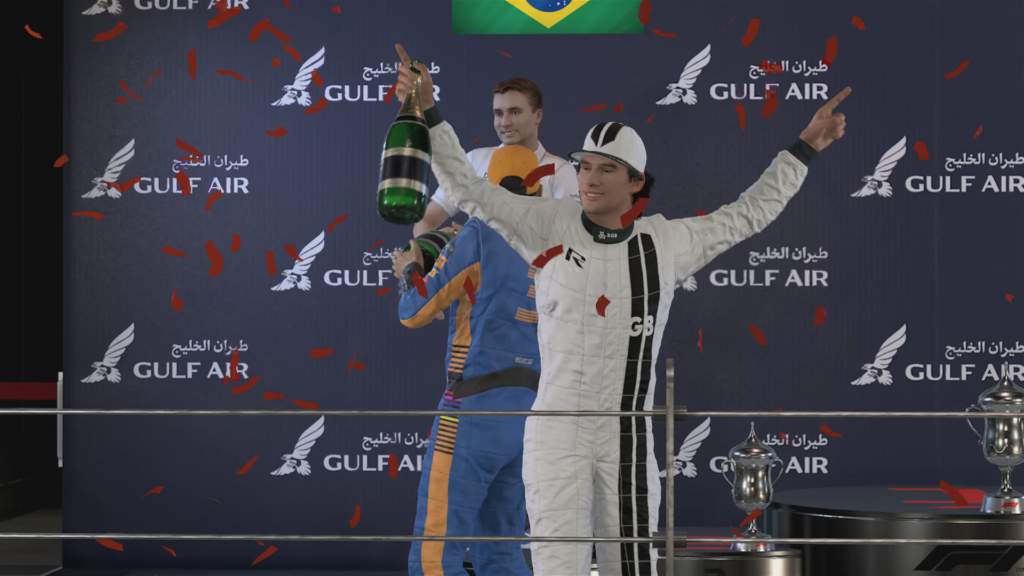
Possibly the most intriguing part of this experiment was seeing which of the two 94 overall Icons, namely Schumacher and Senna, would come out on top.
In the end, it was Senna who came out second best in this one race test. The battle to see who would come out on top out of the two wasn’t even close in the end.
As with Prost, Senna did strangely badly in qualifying as he too started the race down in ninth. His lap time was actually 0.018s slower than Prost’s though.
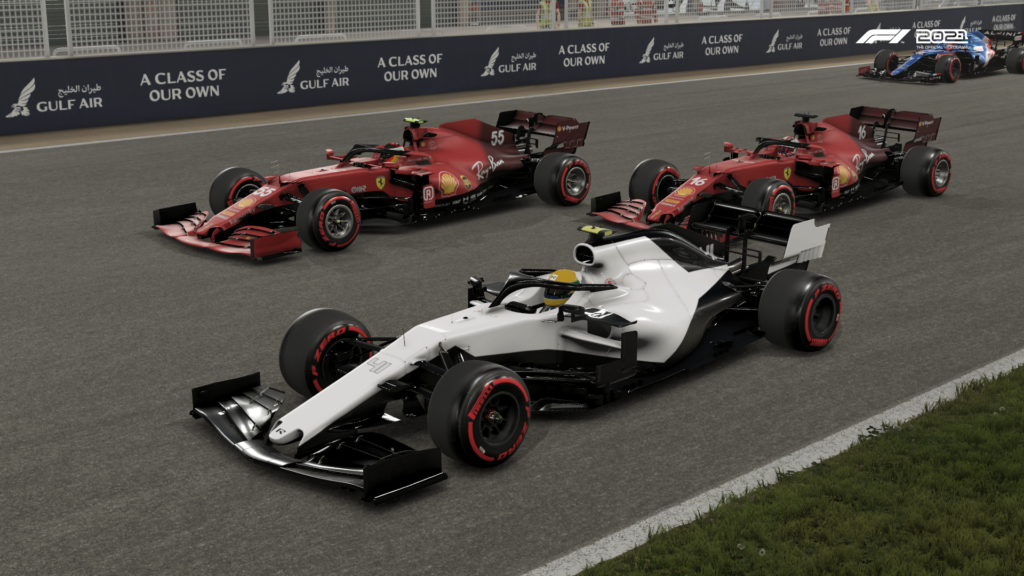
In the race, Senna went one better than his long-time rival though as he was the runner-up in the race and less than a second behind Ricciardo across the finish line.
Despite narrowly missing out on the race win, his total race time was 11 seconds better than Prost’s and his fastest race lap was a 1m27.7s which was good enough for the race’s fastest lap bonus point.
In actual fact, Senna set the fastest race lap of any of the Icons, but over a whole race distance, there was one clear winner.
1. Michael Schumacher
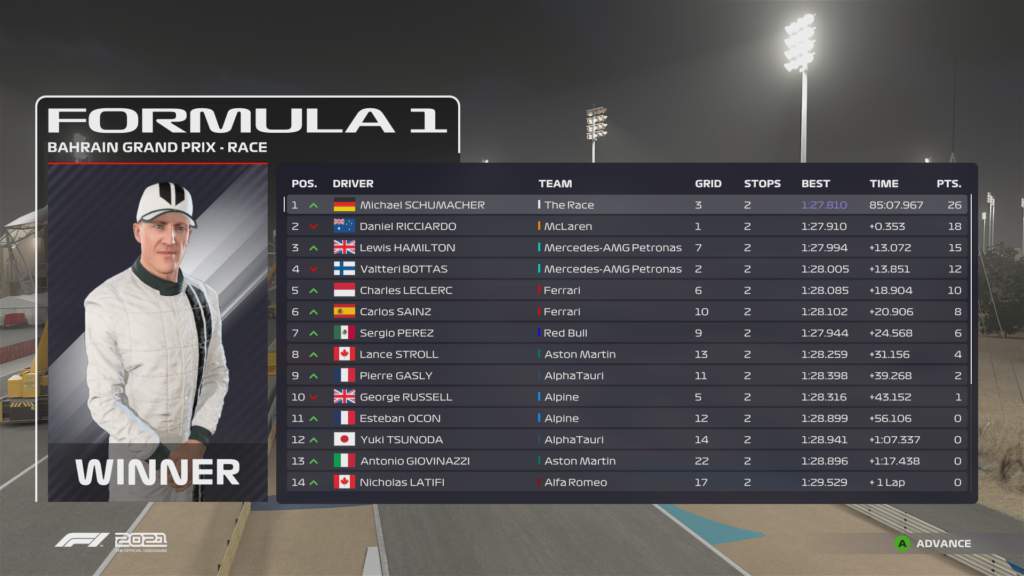
The seven-time F1 champion Schumacher was clearly the fastest Icon, albeit in this only one race-long experiment.
It’s worth noting that focus didn’t come into play either since Schumacher’s focus rating was at 80 whilst Senna’s was at 81 and Prost’s at 82.
Schumacher was the only one to run at a decent pace in qualifying as he started from third on the grid with a time of 1m24.1s which is three tenths clear of Button who was the next fastest Icon in qualifying.
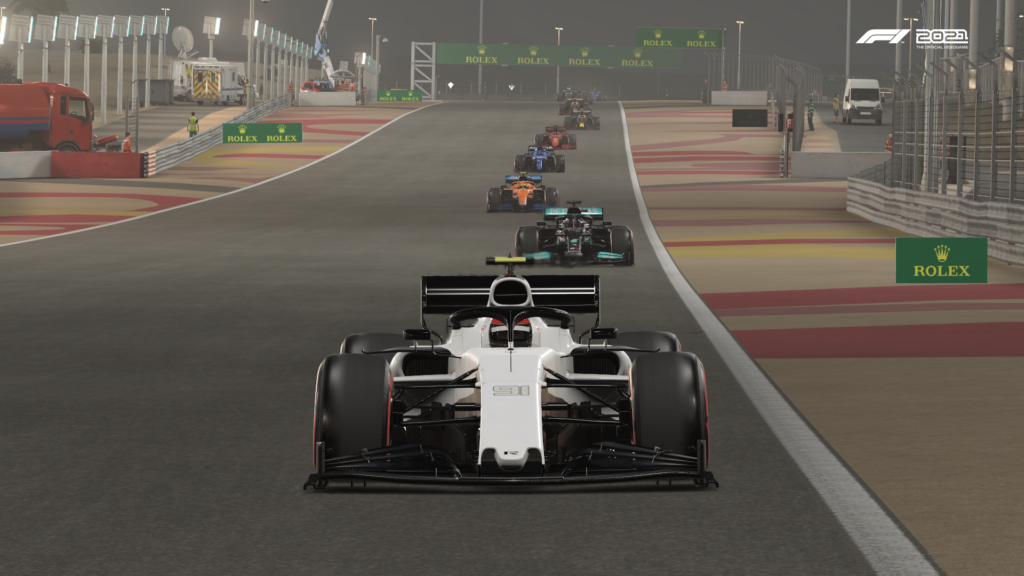
Crucially though Schumacher won in Bahrain, albeit with a winning margin of just 0.353s over Ricciardo. More impressively though he was 13 seconds in front of third placed Hamilton.
His fastest race lap was a 1m24.8s which is fractionally slower than Senna’s but it was still quick enough for him to take the bonus point for setting the fastest lap in the race.



